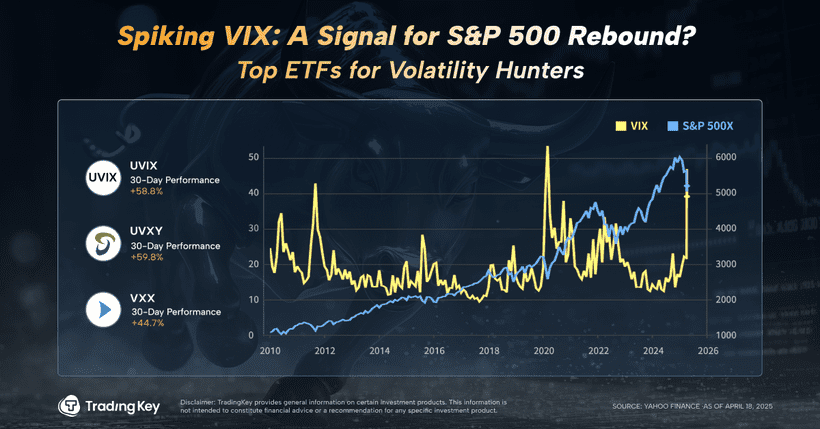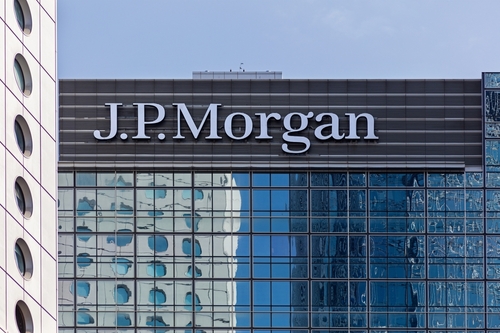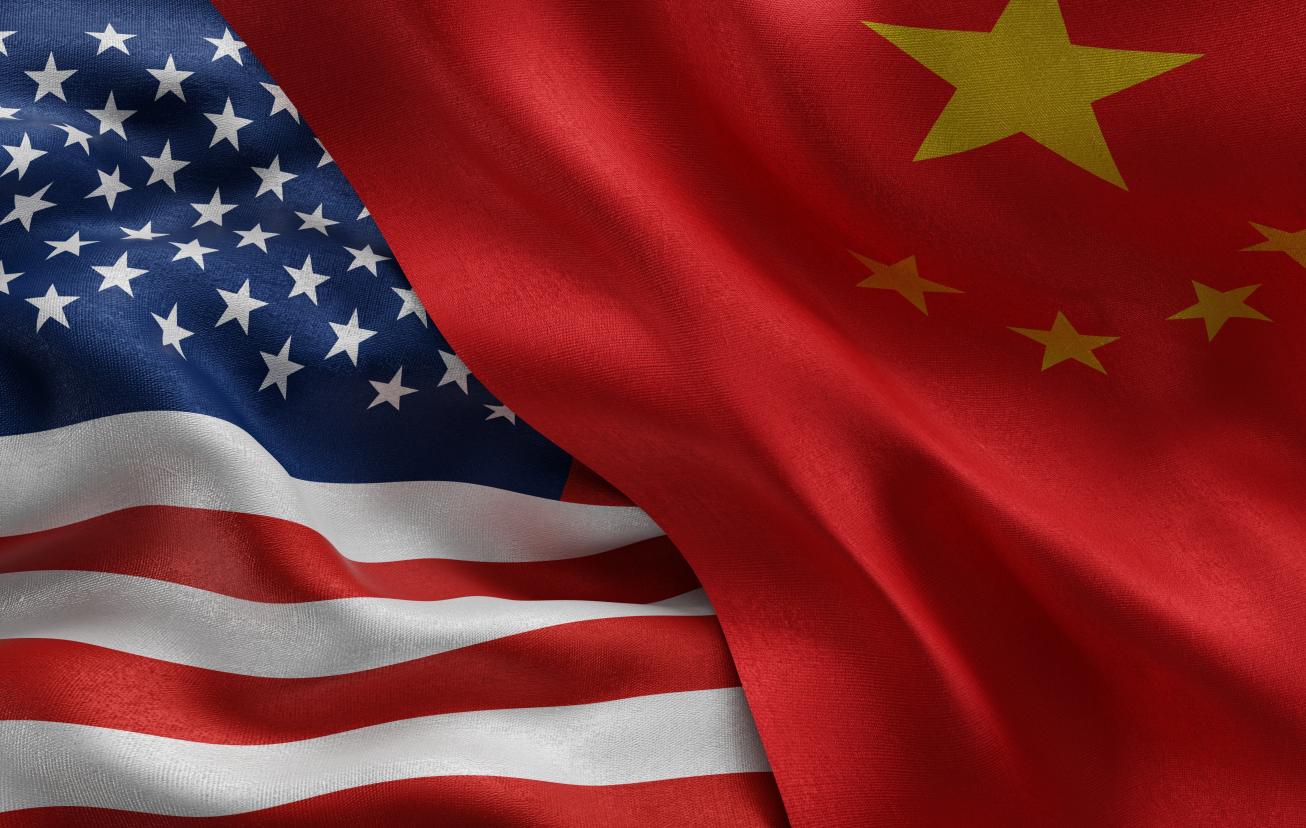WTI holds above $78.00 amid escalating Middle East tensions


- WTI price jumps above $78.00 in Thursday’s early Asian session.
- Rising Middle East tensions and falling US inventories boost the price of WTI.
- The weaker demand in China might cap the WTI’s upside.
West Texas Intermediate (WTI), the US crude oil benchmark, is trading around $78.00 on Thursday. WTI price edges higher amid the fear of wider geopolitical risks after the assassination of a Hamas leader in Iran, and a sharp fall in US crude inventories.
Oil traders assessed the impact after the killing of a Hamas leader in Iran. Ismail Haniyeh was killed in Iran's capital after attending the new president's inauguration, the militant group said. Iranian officials and Hamas have blamed Israel for the strike that killed Haniyeh, per the CBS News. This headline raises concerns about unstable oil supply, which underpins the WTI price.
"Overnight developments and elevated geopolitical risk merely provide temporary reprieve for oil benchmarks. Unless oil and gas infrastructure is hit, the latest spike is unlikely to last,” Gaurav Sharma, an independent oil analyst, told Reuters.
US crude oil stocks fell for a fifth consecutive week, the longest streak of drawdowns since January 2021. Crude oil stockpiles in the United States for the week ending July 26 fell by 3.436 million barrels to 433 million barrels. The market consensus estimated that stocks would decline by 1.6 million barrels, according to the Energy Information Administration (EIA) on Wednesday. This figure was 1.5% lower than a year ago and 4% below their five-year average.
Furthermore, the Federal Reserve (Fed) kept its key interest rate at 5.25% to 5.50% at its July meeting on Wednesday. During the press conference, Fed Chair Jerome Powell stated that a rate cut in September is “on the table, adding that the US labor market will be closely watched. Rising expectations for September rate cuts might weigh on the US Dollar (USD) and provide some support to the USD-denominated WTI.
On the other hand, the weaker demand and sluggish economy in China might cap the upside for the WTI as China is the top largest consumer of oil in the world. China's Manufacturing Purchasing Managers' Index (PMI) declined for a third month, the National Bureau of Statistics (NBS) reported on Wednesday. The Chinese NBS Manufacturing PM declined to 49.4 in July from 49.5 in June, below the 50-mark separating growth from contraction. However, the figure was above the market consensus of 49.3.





